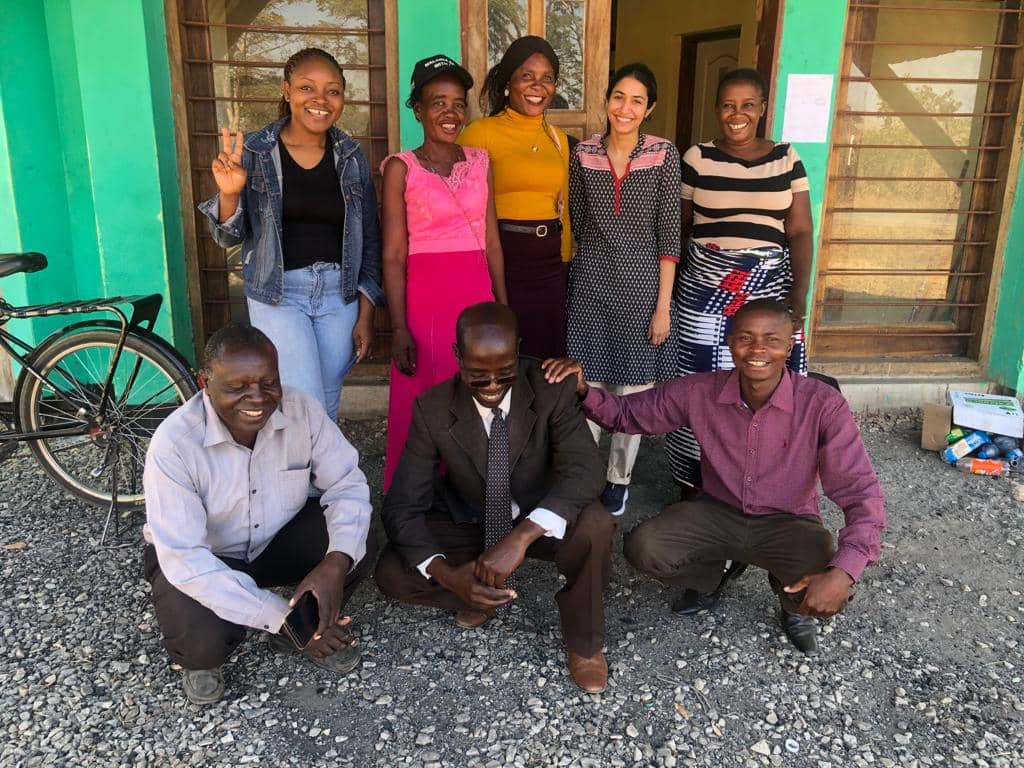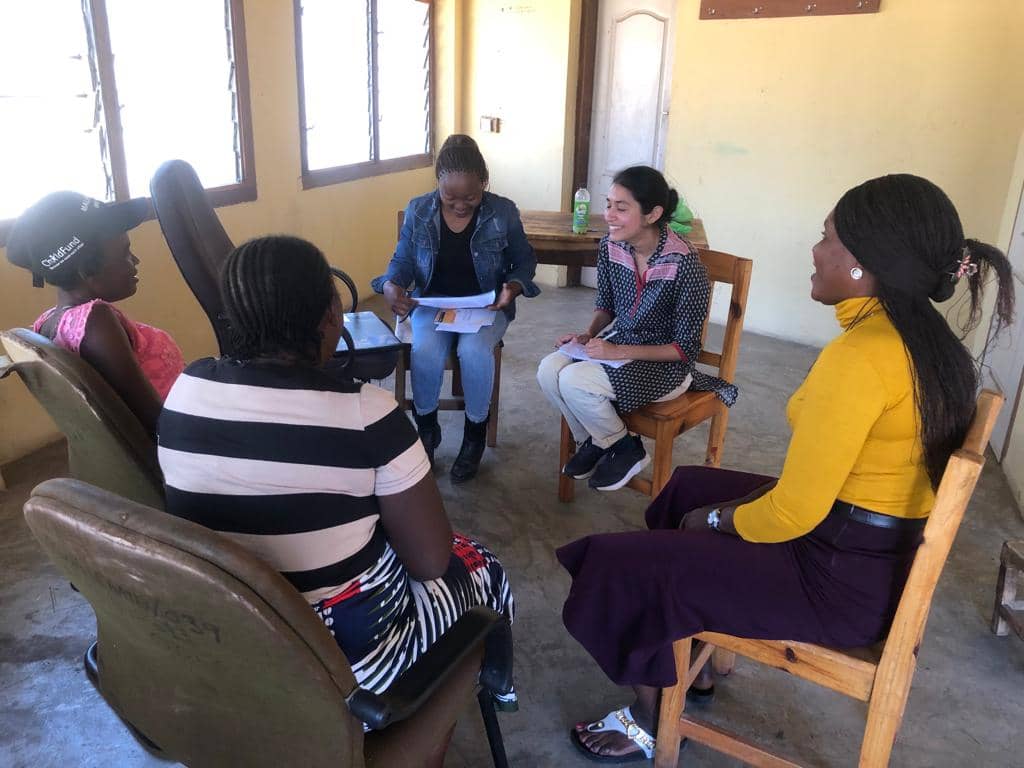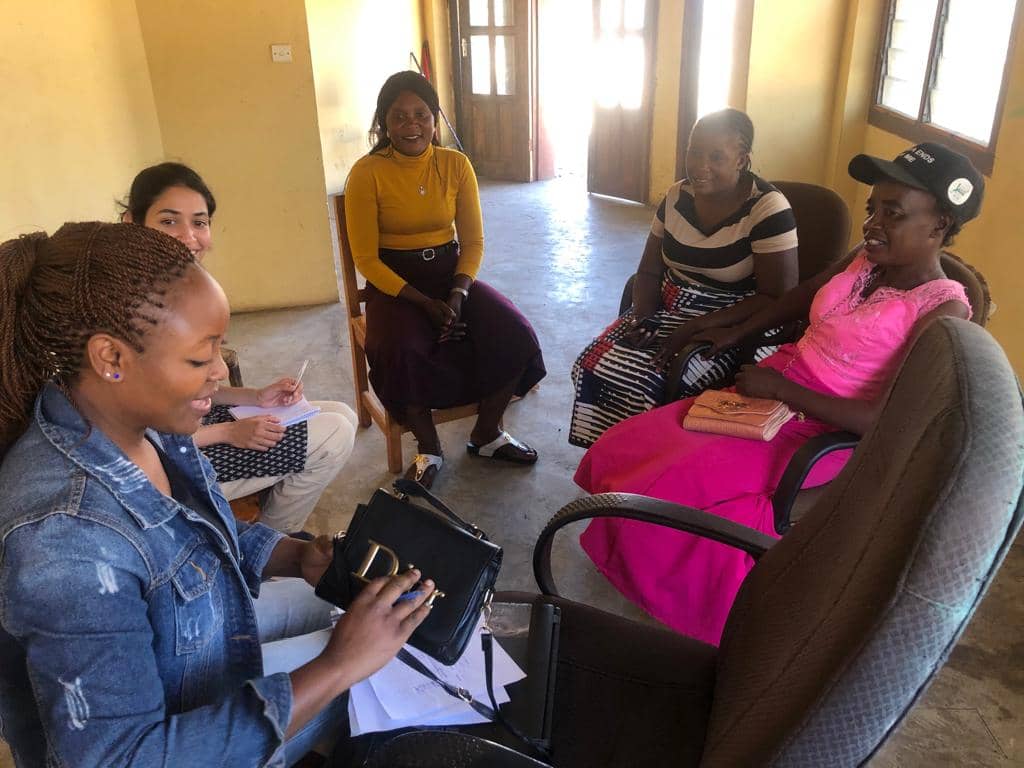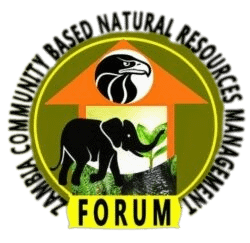Improved Information Sharing in the 6 Project Sites of the EGC BIOPAMA Project
The Biopama Project in Zambia Aims at Enhancing Governance of CBNRM for a better conservation outcome and Social Outcome through addressing priorities for improved management and governance bio diversity of natural resources including and assessing the governance supportive tools being the Site in Level for Assessment Governance and Equity (SAGE)and the Governance Assessment for Protected Areas (GAPA)tools. These tools provide a site level approach through an inclusion of all key stakeholders especially the communities the EGC Biopama Project has targeted 6 GMAs namely Namwala,Mufunta and Mumbwa on the Great Kafue Landscapes and the following Game Management Areas on the Lower Zambezi Landscapes Chiawa, Rufunsa and Lower Luano GMAs.


As the Project comes to an end since its implementation in November 2020 to July 2023, one important Activity is to tell a story of a notable change in the Governance that has been observed by the different key stakeholders these are the communities, key partners and different government departments.
Through the continuous interactions and engagements through support for Prioritised Actions the most key Activities implemented in the 67 Village Action Groups of the 12 Community Resources Boards include the ;
- Community Level Capacity Building
- Information sharing through different methods
- Support the Exchange Visits and exchange of best lessons among Communities
- Law Enforcement Trainings and development of Training Manuals
- Stakeholders Dialogue Meetings in Law Enforcement
- Stakeholders Engagement Meetings in Human Wildlife Conflict in Host spot GMAs
- Stakeholders engagement Dialogues in Collaboration and Coordinated Planning
- The Establishment of the CBNRM Learning Group driven by the communities and key partners.
These Key Actions were implemented to address some of the key governance challenges identified by the SAGE and the GAPA tools implemented in the two landscapes and among them is the Lack of Transparency, Accountability in Information Sharing at different levels this was identified at community and also District level .The challenge of information sharing was common across all the 6 Project sites and this was improved by continuous engagements at local /community level by engaging all key stakeholders and partners.
The 12 CRBs share a story of improved information sharing this has been presented as notable change by the communities, partners and government departments especially the Protected Area Authorities these are the Department of National Parks and Wildlife, Forestry department, Ministry of Green Economy and Environment.
The SAGE Process facilitated the site level interactions of these key stakeholders with specific roles and responsibilities in conservation and it was discussed in the GAPA and SAGE Processes that information sharing at community and among all the key Stakeholders was poor, the communities and traditional leadership did not participate and make decisions in very important GMA management issues. Lower Luano GMA,Rufunsa ,Chiawa have continued to hold collaborative stakeholders meetings and the CRBs also participate during the DDCC meetings this also has enabled Radio Programs by the Protected Area Authorities and the District Commissioners to share Information on Law Enforcment,Human Willdife Conflicts,Gender and other relevant lessons. The CRB Committee though the Village Action Groups have also continued to hold sensitization meetings on conservation, leadership and governance in the Communities. This has improved the collaboration of the communities and Protected Area Authorities especially when enforcing the Law to ensure that the communities also are part of safe guarding the nature and environment.
Through the Monitoring and Evaluation interviews the respondents eluded that stakeholders collaboration and information sharing has improved in the GMAs and this has positive impacts on the communities as their sense of ownership has improved on the Resources and they understand the Resources Rights and the importance of themselves being the Right Holders and Stewards of the Diverse Resources.

